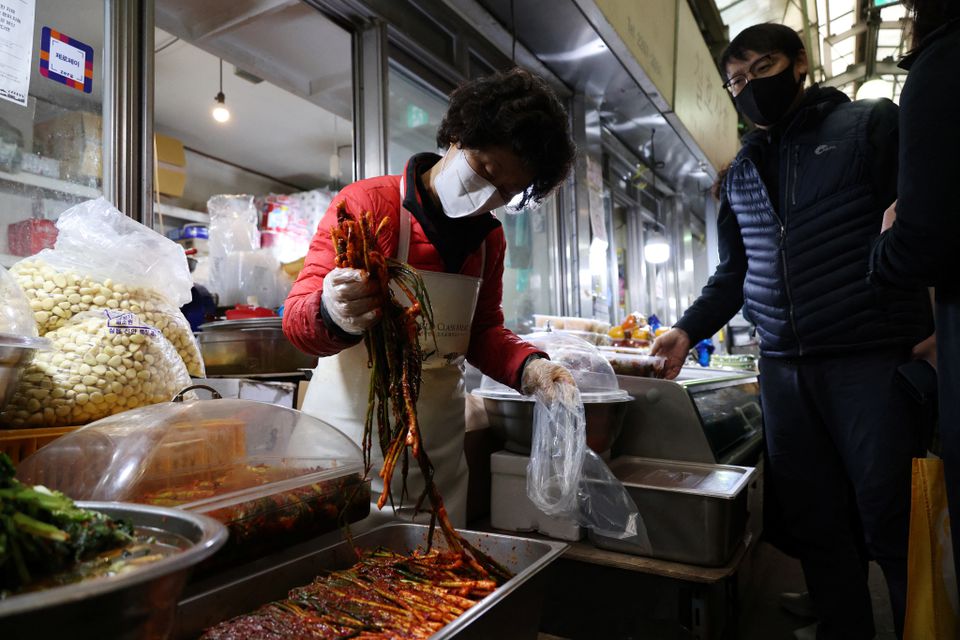
Since opening in central Beijing last year, profits at Ma Hong’s spicy hotpot restaurant have been slashed by nearly a fifth, owing to rising beef tripe prices of more than 50% and rising expenses of other critical ingredients.
‘We continue to offer it at the same price. Everyone is hanging in there, even with the pandemic’s impact. It’s the same all throughout Beijing, and we’re not the only ones who are affected,’ Ma remarked.
Asian restaurants and street food hawkers, such as Ma’s, must choose between taking a hit from increasing costs and risk losing regular customers, or passing them on.
Businesses and consumers are being squeezed by spiralling prices for ingredients and materials, which began with supply chain hitches during the COVID-19 outbreak and are now being propped up by the situation in Ukraine. find out more
The strongest pressure is being felt by households in Asia, where excellent and economical street food is a vital component of society and the economy.
The price of a kilogramme of the seasoned rice dish, enough to feed three to four people, has doubled to 400 Pakistani rupees ($2.20), according to Mohammad Ilyas, a cook at a biryani store in Karachi, Pakistan.
He said, ‘I’ve been working in this kitchen for the past 15 years. Rice and spice costs have risen to the point where poor people can no longer afford to eat them.’
Some firms are reducing portion sizes to alleviate cost demands.
Instead of raising pricing or using lower-quality ingredients, nasi goreng vendor Syahrul Zainullah has limited the number of servings of the classic Indonesian fried rice dish on one of Jakarta’s street food corners.
Choi Sun-hwa, a 67-year-old kimchi business owner in South Korea, gets only seven heads of cabbage for the price she used to pay for ten.
In Korean restaurants, the spicy fermented cabbage is generally provided as a complimentary side dish with other dishes, but even that has become an extravagance.
A client at Choi’s shop, Seo Jae-eun, jokes that kimchi should now be called ‘keum-chi,’ keum being Korean for gold.
‘I can’t ask restaurants for more kimchi these days, and making my own at home owing to high-priced vegetables is too expensive…so I came here to get it,’ she explained.
Choi claims that if she can’t raise prices, she won’t be able to continue.
Some Asian consumers’ eating habits are shifting as a result of pricing concerns.
Steven Chang, a 24-year-old service sector employee, is a regular at Just Noodles, a renowned ramen shop in Taipei, but he’s thinking about cutting back.
‘Because I live away from my parents, I rely more on restaurant cuisine,’ Chang explained. ‘As a result, I’m going to attempt to eat out less and prepare more at home.’

Post Your Comments